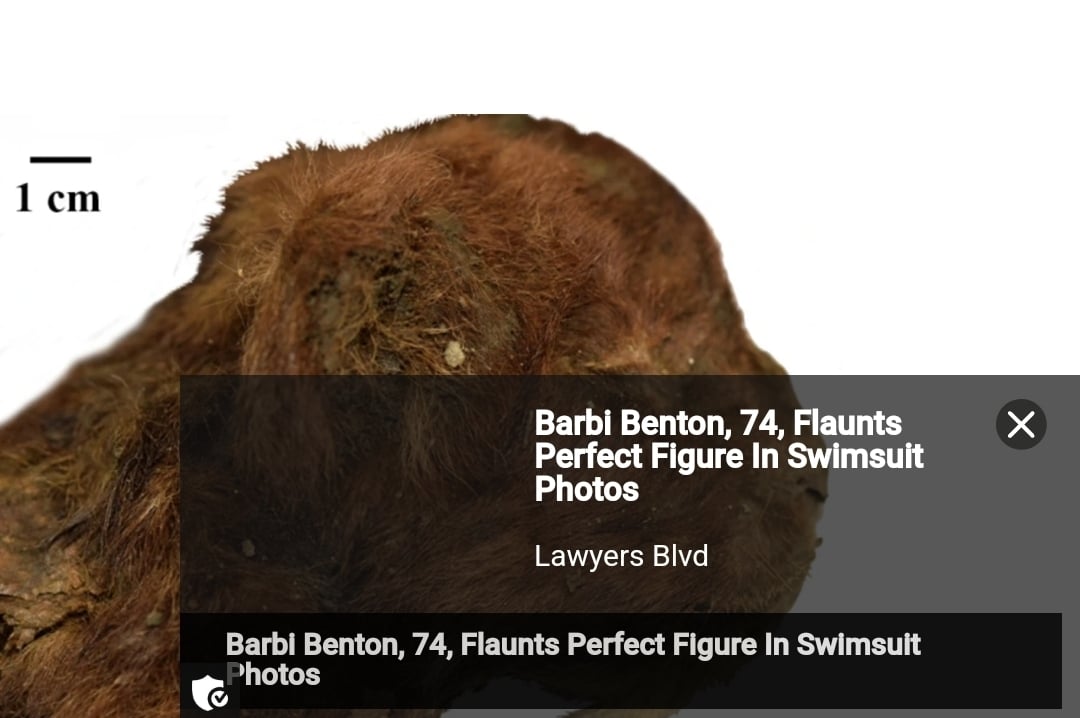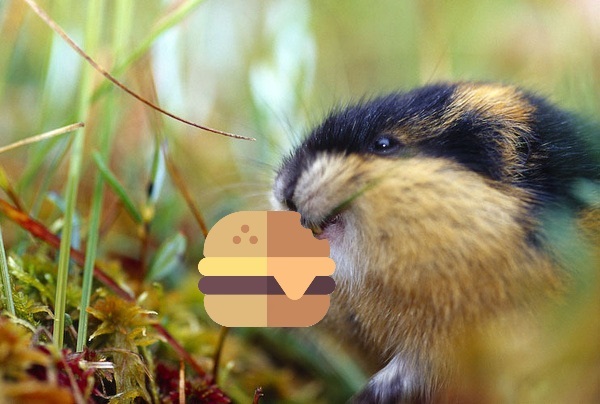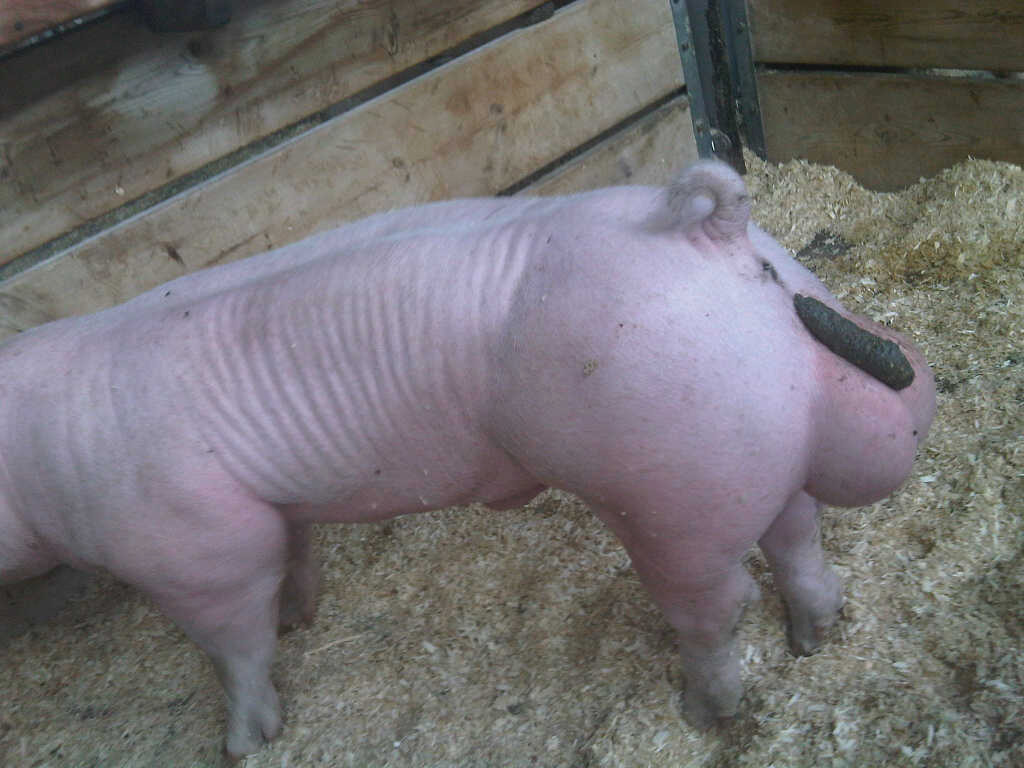For someone who doesn’t know much about this but has been watching a tonne of Youtube this doesn’t make a lot of sense and I could use some help.
Like, we’ve found mammals halfway between leggy land-bois and frickin’ whales but this thing that’s largely just a lion cub with mods is somehow special and different? I was expecting some absolutely wild and got a cat.
I tried reading through some stuff but I don’t have the skill to read through the source efficiently.
Not a scientist, but I think the BFD is that it’s 30k years old from a completely extinct branch of animals (unlike mammoths which are closely related to modern elephants) and the thing they found was a frozen tundra mummy not a fossil so it has soft tissue and stuff unlike other extinct animals we typically observe via fossils like dinosaurs
That’s an understandable take and the use of the word analogue is the key issue. It also left me stumped for a while, because as you have already pointed out, there are plenty of modern day analogues to Homotherium…
…but that depends on what counts as an analogue in this particular context. Biologically speaking, the word can be used to fit a broad range of criteria. So you could say their modern day analogues are lynxes or snow leopards, and fair enough, that would be a good enough use of the word because these animals do share a lot in common, physically and in their ecological roles too. Large catlike mammal that hunts down larger herbivore mammals in a tundra environment.
But Homotherium had some very specific traits that have no modern day analogues. The large canine teeth is the most obvious. Those large teeth also meant a specialized hunting method and technique for which we have nothing alive today to base it off of. They also had a different body build, with shorter rear limbs, so now your cat looks a bit more like a bear or a hyena in its stance and gait. And if I’m understanding what I’m reading correctly, they also had cardiovascular adaptations for endurance running, and their claws and paws were not as retractable and supple as that of cats.
So yes they were like cats and you can point at living analogues for a lot of these adaptations ( bears, hyenas, cats, any mammal with good cardio, etc) but when you put all that together and add the teeth and the behavior modifications those teeth imply then you have, as a whole, an animal with no current living analogues. Yes, it can sound pedantic but that’s science for you and I think it’s important to remark that the quote is taken directly from the paper published. The journalists loved the buzz emanating from the word “analogue” so much they kept it in the non scientific publications, they didn’t paraphrase, and they didn’t bother explaining exactly what it meant because, well, that’s precisely why they chose to keep the quote.
The problem with biology is that it attracts too many cool people. Especially those marine biologists studding sharks and shit. That’s why taxonomy is one of the refuges for real pedantics and nerds. No danger of running into anybody with a tan in that department.
I’m guessing you meant studying, but studding sharks sounds like a very interesting and difficult job.
Maybe you’re onto something, I don’t know. But I’ve surely heard of terrible things people with a tan can do, so I’m not judging.
But is this cub the first time in history those types of features have been studied? We’ve known about saber-toothed cats for decades.
No, and that’s precisely the point I’m trying to make. That’s not what the quote means. The quote means “For the first time in history we’ve studied the physical appearance (or the cadaveric finding* ) of an animal we have had evidence for decades that was too different from any living animal today”
*"Appearance " might mean physical appearance or the event of finding the corpse, I’m not sure to which of the two they refer. That wasn’t your question though, I just needed to clarify.
You can’t just say that and not link a source talking about this mammal.
Edit: Found a source.
Found a real source: https://www.nature.com/articles/s41598-024-79546-1
Discover magazine found an unrelated but no less real source.

Barbie Ben 10?
Oh shit, is that a fucking tribble?
Jake has already challenged the cub to netflix’s next match.
It’s like a lion, but different. Is this surprising to anyone? I thought we had a decent idea of what sabretooths looked like before this
Anyone knows which Dexter episode is this from? I loved the show, but I can’t recall seeing this one.
Omelette Du Fromage
the big cheese
For me it’s burned into my brain. And I haven’t watched it in over 25 years
I can hear their voices in my head
“Omelette du fromage”
Same.
Also still mystified by what women like to hear like that. (But it def involves fromage)
Wait so is that what he’s saying? Omelette du fromage ? Look. I like scientists. I love cheese. And I am crazy about eggs. You tell me a scientist is whispering about eggs and cheese in my ear? I’m blushing to think about it
Badically the premise of the episode is that he built a machine to learn french but he used a cassette tape or something that can get stuck/skip in the machine and it’s suppose to work over night when you’re asleep. Wouldn’t you know it it got stuck/skipped so it just repeated “Omelette du fromage”, so when he awakes that is all he can say.
You joke but this def influenced my view of the world, and my ideals.
I’m serious! But I’m glad I’ve influenced your worldview and ideals
(… but … but … I meant Dexter, the showrunners, voice actors etc)
Oh well I guess I’ll change somebody else’s life then, no worries
Please link the story
No it’s Barbi Benton









